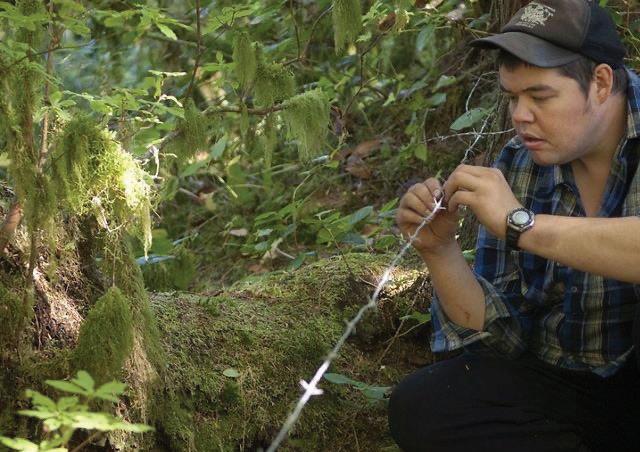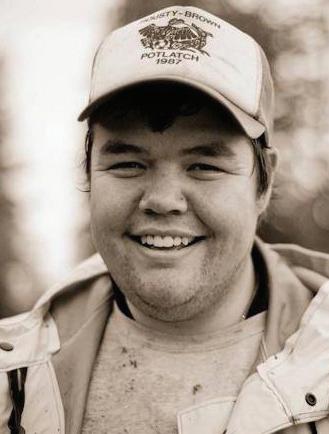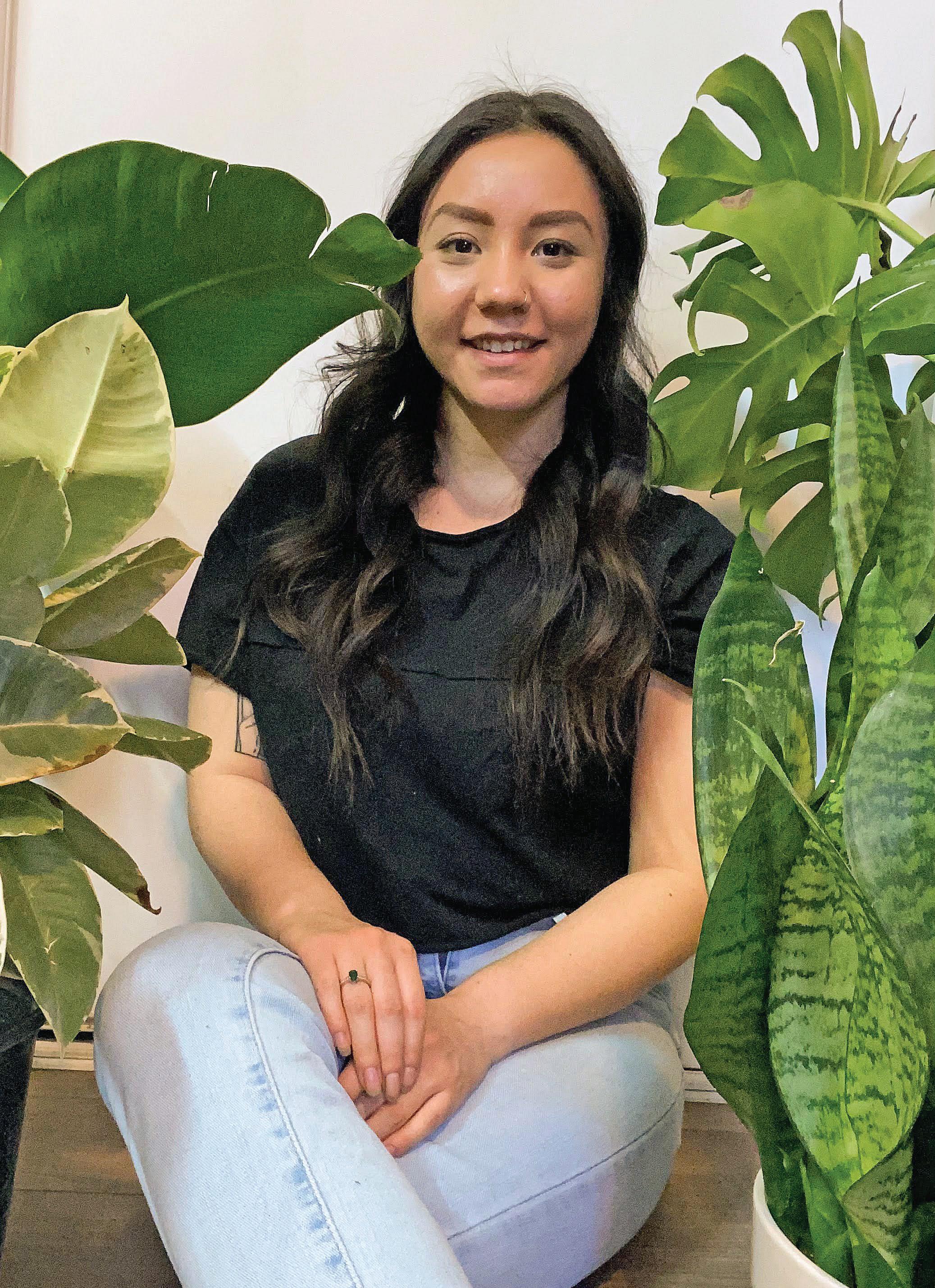
7 minute read
Indigneous wildlife conservation
OUTDOORS OUTDOORS Indigenous GROUPS HELP CONSERVE CANADIAN WILDFIRE
Indigenous involvement and innovation could save animals from extinction
Advertisement
JAZMINE CANFIELD jcanfield@cjournal.ca
Last fall, Parks Canada announced that one of the caribou herds in Jasper National Park has gone locally extinct, with the other two not far behind. In response, they are investigating a captive breeding program, which is a potentially invasive and expensive effort.
But while it might be too late for the Japer herds, conservation partnerships with Indigenous communities are already showing success elsewhere and might offer lessons for future efforts.
The federal government recently signed an agreement with two BC Indigenous communities to help protect caribou habitat there. The Heiltsuk First Nation has created a system that allows them to observe grizzly bears from a distance, so they can manage their land to accommodate the animals.
Parks Canada says on their website that the Maligne herd has gone extinct and the Tonquin herd has approximately 45 caribou left, while the Brazeau caribou have fewer than 15 individuals left.
Carolyn Campbell, a conservation specialist with the Alberta Wilderness Association, said that Parks Canada had not done enough to protect the Maligne herd and their extinction is the result of a lack of immediate action.
“When we are talking about Jasper, that’s totally within the federal government’s mandate and we feel there’s even a stronger reason for them to manage those ranges responsibly because they don’t have to look to the province. ”
Campbell explained that Parks Canada did make changes to protect the caribou in managing the elk, wolves and implementing seasonal closures but “it was a little too late. ”
Parks Canada stated that from November to the end of February, access to occupied caribou ranges are closed to prevent people from creating packed trails that could give wolves access to the caribous habitat.
One of the key decisions that hurt the caribou population was that the government did not close the Maligne Lake road in the winter.
“They continued to plow it, which was a big mistake in the early 2000s that enabled wolves to really draw down the Maligne 22 MAY/JUNE 2021 CALGARYJOURNAL.CA

William Housty of the Heiltsuk Integrated Resource Management Department collects bear fur from barbed wire, part of the research to better accommodate bears on
their land. PHOTO: MARK GODFREY
population, to the point where there were much fewer of them,” Campbell said.
She explained that because they continued to allow access in that range from March 1 onwards, it became “a stressor on the caribou to have humans in their primaries of their range.”
With the decrease of the caribou, Parks Canada announced a new preliminary project proposal to rebuild the caribou herds in Jasper National Park through conservation breeding and herd augmentation program.
However, Campbell is not totally convinced that this program will work because of the lack of details that Parks Canada has provided so far and because of their inaction on access issues.
To save the caribou, Parks Canada may want to expand their partnerships with Indigenous people. In BC, one Indigenous group has helped conserve grizzlies simply by observing them.
Coastwatch is a Heiltsuk-driven scientific research initiative that provides the Heiltsuk people with the skills and knowledge to be proactive in resource management and conservation planning in their territory.
The program is located in Bella Bella, also known as Waglisla, the home of the Heiltsuk Nation.
Coastwatch started a grizzly bear monitoring project in 2007 to understand how many bears are in the area and how their numbers change over time in response to salmon run size, human activities and forest management.
William Housty, the chair of the board of directors for the Heiltsuk Integrated Resource Management Department, said the inspiration for the project was the “unknown.”
“We wanted to know more about how many bears were there, where they came to and from, what times of the year they moved the most, and how were they utilizing the salmon.”
By asking these questions, Housty explained that they were able to manage the land better so they could accommodate the grizzly bears.
“Because we understood more about their ranges, their food sources, their denning areas, we were better able to assist them in creating this big picture ecosystem,” he said.
Housty explained that they gathered data through noninvasive barbed wire snares at every kilometer so bears could go under or over the wire leaving behind tufts of their hair.
The Heiltsuk people gathered the hair and were able to pull out DNA samples so they could create a map of “whose siblings were whose, who were the parents, who are the grandparents and how bears were moving on the landscape,” Housty explained.
Housty said that they were also able to speak to Elders and people who spent a lot of time on the land, to gather more information about the bears. “We gathered data from both sides and then put them together and the output of that was a grizzly bear habitat map.”
The main outcome of this project, Housty explained, was that they were able to manage themselves when it came to grizzly bears.
“We’ve been able to create these habitat maps, so when there might be a small scale logging operation, or an application for a license of occupation for something, we can now say, ‘No, they can’t go there because that’s the grizzly bear habitat.’”
Housty believes this project has given them a powerful tool to protect the land for grizzly bears, as well as protecting other mammals that also live in the bears habitat.
Coastwatch wrote a research paper on their findings, and saw a big difference between their habitat maps and the government’s version.
“When you overlay the province’s habitat maps with ours there was huge discrepancies. And so, the province was reluctant to rely on our model because it encompassed so much more area than theirs.”
Housty wants others to understand the importance of Indigenous knowledge and science and that they tell the same story. “It’s important to consider both when it comes to land management and species management.”
> William Housty
Campbell also believes it would be beneficial in Alberta to include Indigenous leadership and participation in wildlife and habitat management.
It has been an ongoing trend in Canada to partner with Indigenous groups for conservation, and it can be seen happening in Alberta today.
The Government of Canada signed a conservation agreement with the Cold Lake First Nations to protect woodland caribou (Boreal population) in Northern Alberta.
The agreement was signed in 2019, in hopes to provide a framework for the collaboration of the parties (Cold Lake First Nation and The Government of Canada), to support the achievement of a self-sustaining population in the Cold Lake Boreal Caribou Range.
The Government of Canada also has recently reached two final conservation agreements with British Columbia and the West Moberly, and the Saulteau First Nations to advance the recovery of Southern Mountain Caribou.
The agreement is going to stabilize and recover populations of the caribou.
The Government of Canada outlines on their website that the two agreements represent a historic collaboration between all levels of government and Indigenous partners.
The agreements measures include commitment related to habitat protection and restoration, herd planning, predator management, primary prey management, hunting, science, Indigenous knowledge, recreation management, maternal pens and captive breeding and monitoring.
“It’s important to consider both when it comes to land management and species management.”
Jasper park sits on the traditional territory of a number of Indigenous groups, including Cree and Metis people. But they were forcibly removed from the land for the park’s creation, so there are fewer Indigenous people living there now to do this kind of work.
Although Jasper is in a difficult position with its caribou, Housty believes that “everything’s best left to do naturally.”
“Let nature take its course and let them breed themselves because that’s the way it’s always been and as soon as we step in and have a hand in something, it can have a negative impact on them and the natural world.”

Carolyn Campbell of the Alberta Wilderness Association says that while Parks Canada took measures to protect the caribou, the measures came too late.
PHOTO: ANOSHA KHAN












